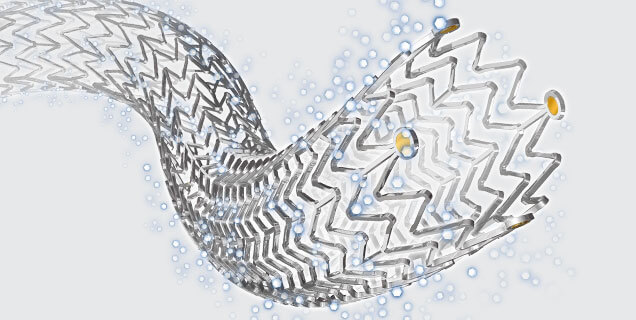
News
Nexmed Global and EnteraSense enter into US distribution agreement to bring novel PillSense device to patients


Last:
Next:
No more
Nexmed Global and EnteraSense enter into US distribution agreement to bring novel PillSense device to patients
Real-world data from the REALDES study show that Nexmed Medical's Zilver PTX drug-eluting stent (DES) has a lower rate of in-stent occlusion at three years than Boston Scientific's Eluvia stent in patients with restenosis. The study, published in the European Journal of Vascular and Endovascular Surgery (EJVES) by Dr. Tsuyoshi Shibata, of Sapporo Medical University, Japan, and others, is the first study to compare the three-year efficacy of Zilver PTX and Eluvia in real-world practice.
"There are still many unknowns about the reliability of real-world comparison data on different drug-eluting stents, and the REALDES study further demonstrates the differences between DES and is evaluated by independent researchers in a real-world clinical setting," said Alec Cerchiari, director of product management for peripheral artery disease and venous areas at Nexmed Hospitals. "We thank the physicians and hospitals who participated in this study."
REALDES is an investigator-initiated, multicenter, prospective, observational study designed to compare the efficacy of Nexmed Zilver PTX and Boston Scientific Eluvia in patients with symptomatic femoropopliteal artery disease in a real-world setting. Between February 2019 and September 2020, a total of 200 limbs with primary femoropopliteal artery disease were enrolled from eight hospitals in Japan and treated with Zilver PTX (96 limbs) or Eluvia (104 limbs). The primary endpoint was three-year primary patency (defined as freedom from restenosis or occlusion and no reintervention).
Three-year primary outcomes included:
• Despite longer lesion length in the Zilver PTX group (185.7 ± 92 mm vs. 160.0 ± 99 mm, P < 0.005), three-year primary patency did not differ significantly between the Zilver PTX group (70.0%) and the Eluvia group (65.2%) (P = 0.74). There was also no significant difference in patency between the two groups in patients who did not undergo CD-TLR (79.4% vs. 76.3%; P = 0.27).
• Among patients who experienced restenosis at three years, the rate of in-stent occlusion (Tosaka III class 2) was significantly higher in the Eluvia group than in the Zilver PTX group (57.7% vs. 29.2%; P = .041).
